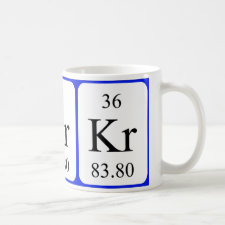
Authors: Lin HY, Ho MS, Lee MH
Article Title: Instant formation of molecularly imprinted poly(ethylene-co-vinyl alcohol)/quantum dot composite nanoparticles and their use in one-pot urinalysis.
Publication date: 2009
Journal: Biosensors and Bioelectronics
Volume: 25
Issue: (3)
Page numbers: 579-586.
DOI: 10.1016/j.bios.2009.03.039
Alternative URL: http://www.sciencedirect.com/science/article/B6TFC-4W04KG2-3/2/b258116587a61538f358f178eaf6d9c1
Abstract: The high stability of quantum dots (QDots) with photoluminescence has led to their increased use as imaging approaches in biological systems to replace conventional fluorescence labels. The antibodies are generally coated on the surface of QDots to the targeting site, and molecular imprinting polymers are designed to mimic the antibodies. Hence, quantum dots can be incorporated into molecularly imprinted polymers, which provide shape and selectivity, and then respond to template rebinding by emitting quenched photoluminescence. In this study, poly(ethylene-co-ethylene alcohol) creatinine-, albumin- and lysozyme-imprinted polymers nanoparticles are synthesized via phase inversion of poly(ethylene-co-ethylene alcohol) with various ethylene mole ratios when target molecules and hydrophobic quantum dots are mixed within the polymer solution. Finally, those particles were prepared for the detection of creatinine, human serum albumin and lysozyme in real sample (urine) and compared with commercial ARCHITECT ci 8200 system
Template and target information: creatinine, protein, HSA, human serum albumin, lysozyme
Author keywords: Poly(ethylene-co-ethylene alcohol), creatinine, albumin, lysozyme, molecular imprinting, urine



Join the Society for Molecular Imprinting

New items RSS feed
Sign-up for e-mail updates:
Choose between receiving an occasional newsletter or more frequent e-mail alerts.
Click here to go to the sign-up page.
Is your name elemental or peptidic? Enter your name and find out by clicking either of the buttons below!
Other products you may like:
 MIPdatabase
MIPdatabase









